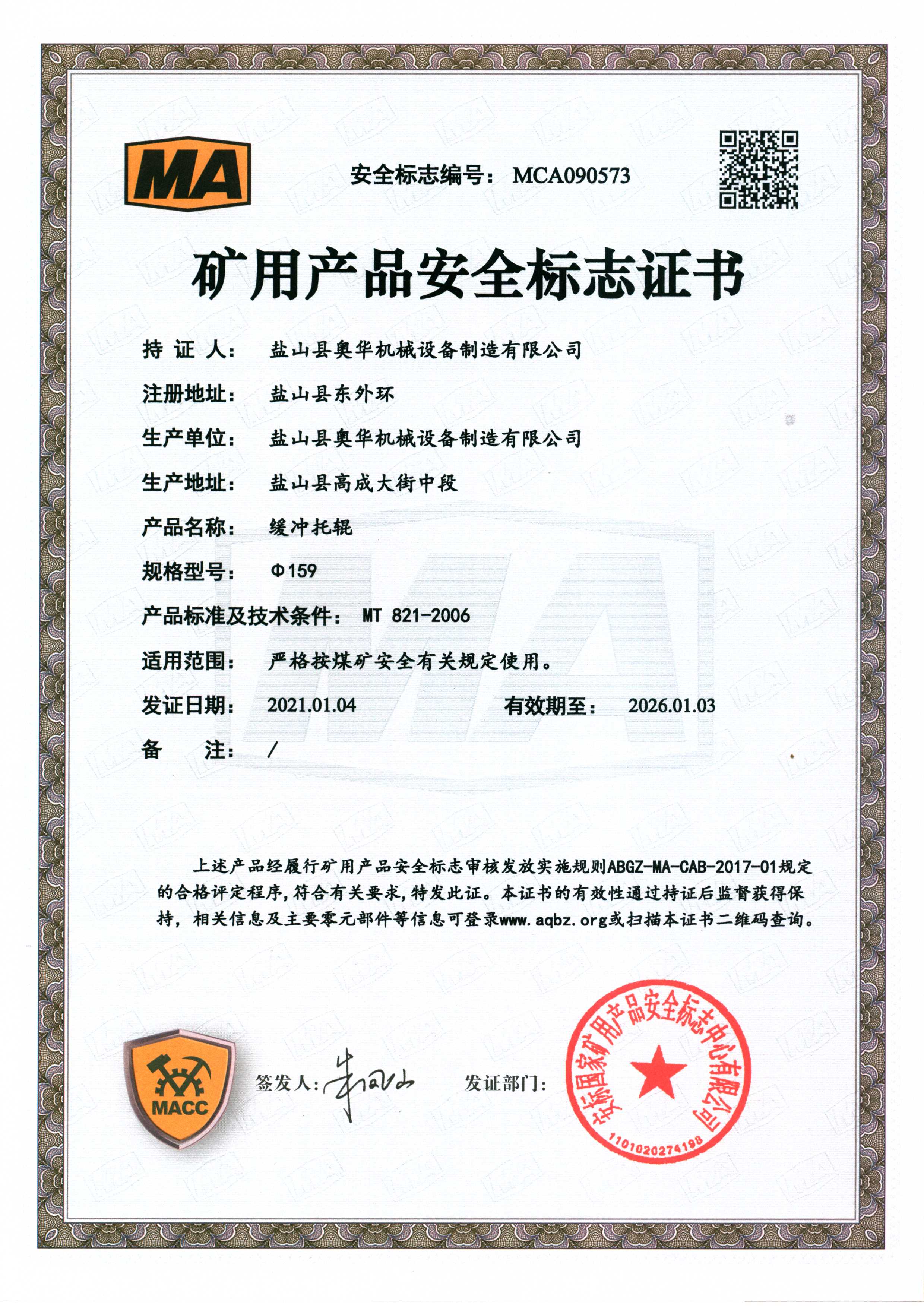 Afrikaans
Afrikaans  Albanian
Albanian  Amharic
Amharic  Arabic
Arabic  Armenian
Armenian  Azerbaijani
Azerbaijani  Basque
Basque  Belarusian
Belarusian  Bengali
Bengali  Bosnian
Bosnian  Bulgarian
Bulgarian  Catalan
Catalan  Cebuano
Cebuano  Corsican
Corsican  Croatian
Croatian  Czech
Czech  Danish
Danish  Dutch
Dutch  English
English  Esperanto
Esperanto  Estonian
Estonian  Finnish
Finnish  French
French  Frisian
Frisian  Galician
Galician  Georgian
Georgian  German
German  Greek
Greek  Gujarati
Gujarati  Haitian Creole
Haitian Creole  hausa
hausa  hawaiian
hawaiian  Hebrew
Hebrew  Hindi
Hindi  Miao
Miao  Hungarian
Hungarian  Icelandic
Icelandic  igbo
igbo  Indonesian
Indonesian  irish
irish  Italian
Italian  Japanese
Japanese  Javanese
Javanese  Kannada
Kannada  kazakh
kazakh  Khmer
Khmer  Rwandese
Rwandese  Korean
Korean  Kurdish
Kurdish  Kyrgyz
Kyrgyz  Lao
Lao  Latin
Latin  Latvian
Latvian  Lithuanian
Lithuanian  Luxembourgish
Luxembourgish  Macedonian
Macedonian  Malgashi
Malgashi  Malay
Malay  Malayalam
Malayalam  Maltese
Maltese  Maori
Maori  Marathi
Marathi  Mongolian
Mongolian  Myanmar
Myanmar  Nepali
Nepali  Norwegian
Norwegian  Norwegian
Norwegian  Occitan
Occitan  Pashto
Pashto  Persian
Persian  Polish
Polish  Portuguese
Portuguese  Punjabi
Punjabi  Romanian
Romanian  Russian
Russian  Samoan
Samoan  Scottish Gaelic
Scottish Gaelic  Serbian
Serbian  Sesotho
Sesotho  Shona
Shona  Sindhi
Sindhi  Sinhala
Sinhala  Slovak
Slovak  Slovenian
Slovenian  Somali
Somali  Spanish
Spanish  Sundanese
Sundanese  Swahili
Swahili  Swedish
Swedish  Tagalog
Tagalog  Tajik
Tajik  Tamil
Tamil  Tatar
Tatar  Telugu
Telugu  Thai
Thai  Turkish
Turkish  Turkmen
Turkmen  Ukrainian
Ukrainian  Urdu
Urdu  Uighur
Uighur  Uzbek
Uzbek  Vietnamese
Vietnamese  Welsh
Welsh  Bantu
Bantu  Yiddish
Yiddish  Yoruba
Yoruba  Zulu
Zulu types of take up pulley
Types of Take-Up Pulleys An Overview
Take-up pulleys play a crucial role in various mechanical systems, particularly in conveyor belt applications. They are designed to maintain tension in the belt, ensuring smooth operation and reducing wear and tear on the system. There are several types of take-up pulleys, each designed to cater to specific needs and operational conditions. This article will explore the different types of take-up pulleys and their applications.
1. Gravity Take-Up Pulley
The gravity take-up pulley is one of the most common types found in conveyor systems. It utilizes the force of gravity to create tension in the conveyor belt. This system consists of a pulley mounted on a frame that allows it to move vertically. As the belt stretches due to use, the gravity take-up pulley adjusts itself downwards, maintaining the required tension. This type of take-up is simple, cost-effective, and requires minimal maintenance. However, it may not be suitable for environments with significant vibrations or where precise tension control is necessary.
Screw take-up pulleys employ a threaded rod mechanism to adjust the position of the pulley and maintain belt tension. This system is manually operated, allowing for precise adjustments of the tension as needed. The advantage of screw take-ups is their ability to allow operators to set and maintain a specific tension level easily. They are particularly useful in systems where consistent performance is required, but they can be slower and may require more time to adjust compared to gravity systems.
types of take up pulley

3. Automatic Take-Up Pulley
Automatic take-up systems are designed to maintain tension without the need for manual adjustments. They typically utilize sensors and motorized systems to detect belt tension and make real-time adjustments automatically. This type of take-up pulley is ideal for high-speed conveyor systems or those operating in dynamic environments where tension can fluctuate rapidly. Although these systems involve higher initial costs and require more complex installation, they greatly reduce the operational burden and enhance system reliability.
4. Tension Take-Up Pulley
The tension take-up pulley works by providing an adjustable mechanism that allows for tension control by changing the belt's length on the drive end. This type is essential in applications where the conveyor system may experience significant temperature changes or load variations that impact belt integrity. It allows for fine-tuning of belt tension, accommodating shifts in material load and ensuring efficient system function.
Conclusion
Selection of the appropriate take-up pulley type is vital for ensuring the efficient operation and longevity of conveyor systems. Gravity, screw, automatic, and tension take-up pulleys each offer unique features suited for different operational demands. By understanding the strengths and limitations of each system, engineers can design more effective material handling solutions that enhance productivity and reduce maintenance costs. When implementing a take-up system, consideration of the specific application, environmental factors, and operational needs will lead to optimized performance and reliability in mechanical operations.
-
Revolutionizing Conveyor Reliability with Advanced Rubber Lagging PulleysNewsJul.22,2025
-
Powering Precision and Durability with Expert Manufacturers of Conveyor ComponentsNewsJul.22,2025
-
Optimizing Conveyor Systems with Advanced Conveyor AccessoriesNewsJul.22,2025
-
Maximize Conveyor Efficiency with Quality Conveyor Idler PulleysNewsJul.22,2025
-
Future-Proof Your Conveyor System with High-Performance Polyurethane RollerNewsJul.22,2025
-
Driving Efficiency Forward with Quality Idlers and RollersNewsJul.22,2025





























